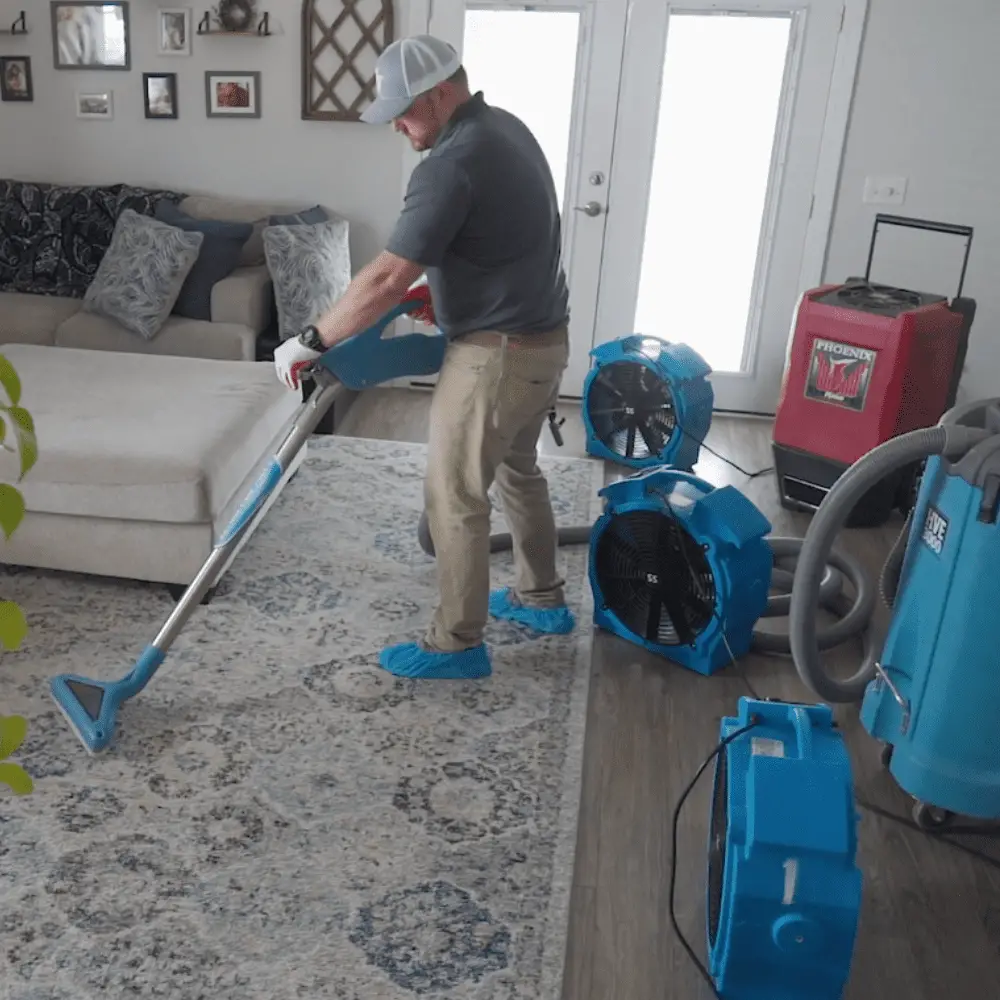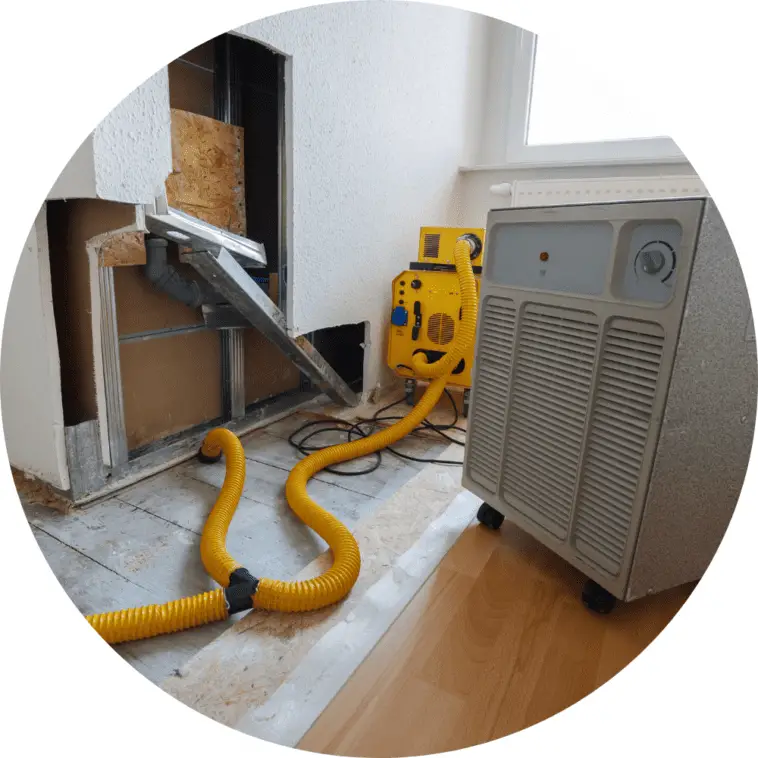Water damage can strike without warning, wreaking havoc on both homes and businesses. Water removal services are critical in the event of flooding, burst pipes, or plumbing failures to mitigate damage and prevent further issues such as mold growth. However, it is equally important that these services follow legal requirements and regulations in order to ensure the safety of occupants and the environment. In this blog post, we’ll look at the significance of regulatory compliance in the realm of water removal services and how meeting legal requirements benefits everyone involved.
Water Removal Services and Their Scope
Water removal services include a variety of activities aimed at removing excess water from a property, drying affected areas, and restoring the affected space to its pre-damage state. Among these services are:
1. Water Extraction: The process of removing standing water from a property, which frequently involves the use of powerful pumps and vacuums.
2. Dehumidification and Drying: Thoroughly drying affected areas to prevent secondary damage, such as mold growth.
3. Cleanup and Disinfection: Cleaning and disinfecting water-damaged surfaces to eliminate potential health hazards.
4. Restoration: Repair and restoration of damaged structures such as walls, ceilings, flooring, and plumbing.
5. Mold Remediation: Taking care of any mold problems that may arise as a result of water damage.
The Legal Environment of Water Removal Services
Various laws, regulations, and guidelines govern the water removal industry in order to protect the environment, public health, and the safety of both workers and residents of affected properties. Compliance with these legal requirements is critical for providing responsible and ethical services.
Why Is Compliance Important?
1. Environmental Protection: Water removal services frequently involve the handling and disposal of polluted, chemical, or sewage-contaminated water. Environmental regulations ensure that these materials are managed and disposed of in a safe and responsible manner.
2. Health and Safety: Legal requirements for water removal services prioritize occupant and worker health and safety. Compliance requires proper handling of contaminated water, adherence to safety protocols, and the use of personal protective equipment (PPE).
3. Property Preservation: Following regulations ensures that water removal and restoration activities do not cause additional damage to the property or nearby structures.
4. Preventing Legal Issues: Failure to meet legal requirements can result in legal ramifications such as fines and potential lawsuits. Compliance assists water removal companies in avoiding these problems.

Important Regulatory Considerations
1. EPA Regulations: The United States Environmental Protection Agency (EPA) establishes guidelines for the proper handling and disposal of contaminated water. Compliance with EPA regulations is required for proper waste management.
2. OSHAStandards: The Occupational Safety and Health Administration (OSHA) establishes safety standards for workers in the water removal industry. This includes PPE guidelines, safe equipment operation guidelines, and hazard communication guidelines.
3. Local and State Regulations: Local and state regulations must also be followed by water removal services, which can vary greatly. These regulations may include licensing requirements, permits, and waste disposal protocols.
4. Insurance and Licensing: Water removal companies must have the necessary licenses and insurance coverage to operate legally and protect their clients and employees.
5. Documentation: Detailed records of all activities, including water removal, disposal, and restoration, are required for compliance and may be required for legal and insurance purposes.
The Advantages of Compliance
1. Safety: Compliance ensures the safety of workers and occupants by lowering the risk of contamination and accidents.
2. Environmental Responsibility: Following environmental regulations reduces the environmental impact of water removal activities, preventing pollution and harm to ecosystems.
3. Quality Service: Compliance with legal requirements frequently translates into high-quality service because it demonstrates a commitment to professionalism and responsibility.
4. Legal Protection: Compliance assists water removal companies in avoiding legal issues, fines, and potential reputational harm.
How to Check Compliance
1. Licensing: Check to see if the water removal company has the necessary licenses and permits from local and state authorities.
2. Insurance: Ensure that the company has adequate insurance coverage, such as liability and worker’s compensation.
3. References: Request references and speak with previous clients to assess the company’s adherence to regulations and the quality of their services.
4. Documentation: Request documentation relating to their compliance efforts, such as waste disposal records and safety protocols.
Conclusion
Regulation compliance in the water removal industry is more than just a legal requirement; it is a fundamental commitment to environmental responsibility, safety, and quality service. When looking for water removal companies services, it’s critical to choose a company that not only provides effective water damage solutions but also demonstrates a commitment to meeting legal requirements. You can ensure the safety of your property, protect the environment, and receive the best service possible in your time of need by doing so. Compliance is more than just following the law; it is also about upholding integrity and responsibility in an industry that is critical to disaster recovery and property preservation.





